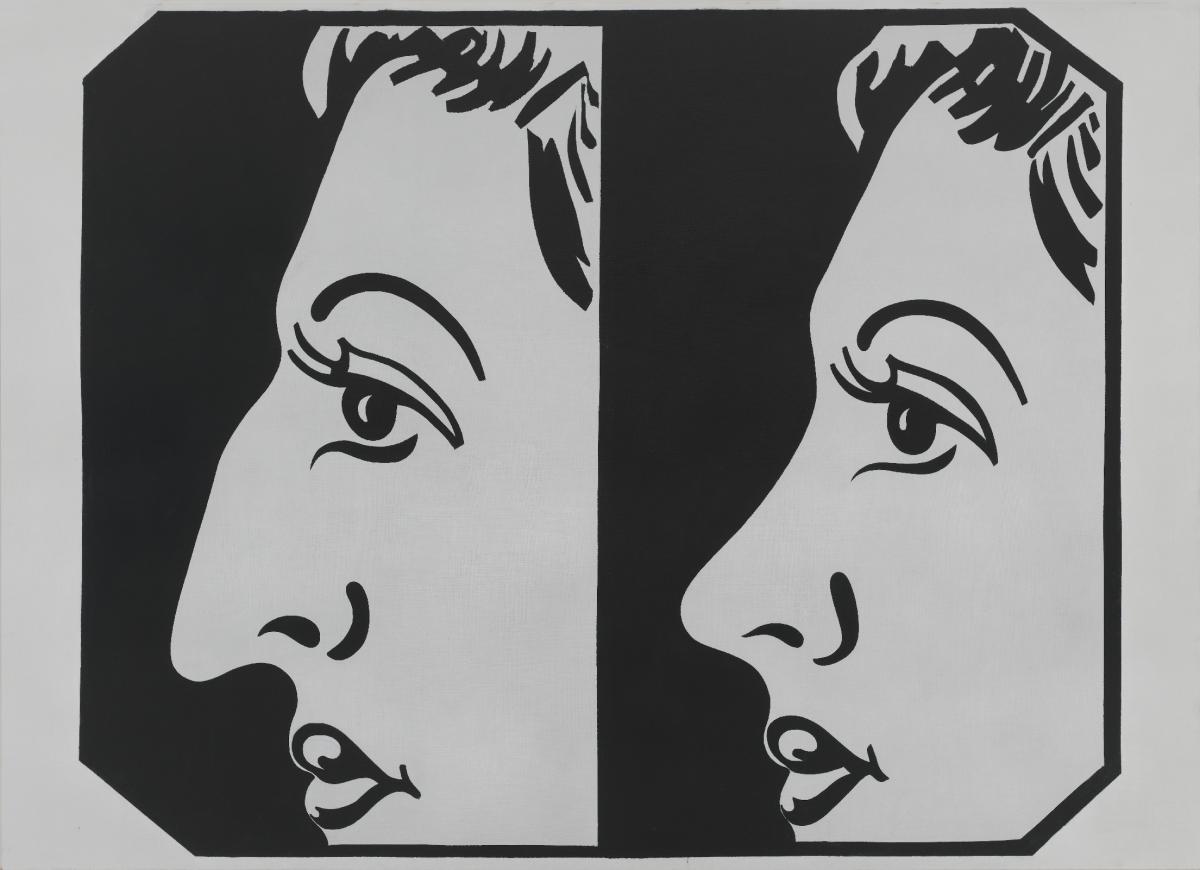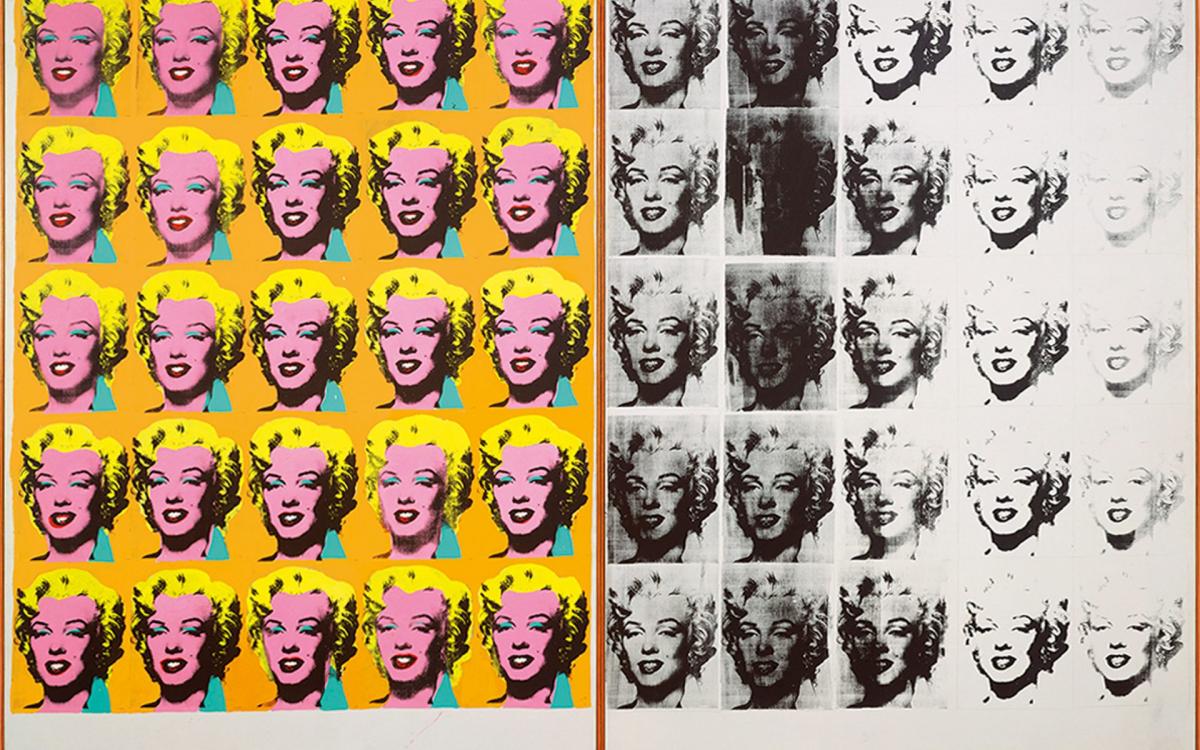This wonderful Cornish workshop and museum is dedicated to the legacy of studio pottery trailblazer Bernard Leach
Haven’t we had enough of Andy Warhol?
Haven’t we had enough of Andy Warhol?
23 Nov 2018

Andy Warhol’s art is inescapable. For 60 years, his work has been chugged out and readily consumed – much like Campbell’s Soup or Coca-Cola, the brands he so winningly appropriated. Everyone knows Warhol, even if they don’t know it: they’ve seen his Maos and his Marilyns, his soup cans and dollar signs, printed endlessly on T-shirts, mugs, cushions and car air-fresheners. Which is, of course, exactly how he’d have liked it.
Andy Warhol – From A to B and Back Again has just opened at the Whitney Museum in New York: a brawny retrospective, 350-works strong. The decision to stage it has been divisive. In some ways, the times in which we live are distinctly Warholian – Kim Kardashian, Black Friday, a reality TV star in the White House – but then there are those who argue that his art has no place outside of its own era. Pop Art’s power was in drawing quotidian images from contemporary popular culture and presenting them as art. The figures in
his iconic prints are long since dead. Meanwhile, there are a great many contemporary artists making great work about the popular culture of today.
Haven’t we had enough of Andy Warhol?
We put it to two Arts Society Lecturers, who had it out in our micro-debate.

Anti-Warhol – Suzanne Fagence Cooper
1. He was a great salesman, but he reused other artists’ images without acknowledgement.
2. His works are overpriced for what they are: multiple screen-prints.
3. He is a graphic designer, not a painter.
4. He is laughing at us.
Pro-Warhol – Tricha Passes
1. He dissolved the boundary between fine art and popular culture.
2. He focused on several subjects that reflected crucial debates in the USA in the 1960s, such as the civil rights movement, Vietnam and the death penalty.
3. He engaged with a multidisciplinary approach that was a catalyst for a new generation of artists.
4. His focus on both celebrity culture and political figures in numerous works engages with the post World War II phenomena of television. Fascinating.
What do you think? Join the debate @TheArtsSociety_
Those after a slice of Warhol this side of the Atlantic can head to the Scottish National Gallery of Modern Art for Andy Warhol and Eduardo Paolozzi | I want to be a machine, until 2 June 2019.
Suzanne Fagence Cooper spent 12 years as a curator and research fellow, studying the Victorian collections of the V&A Museum. She has written extensively on the Pre-Raphaelites and Victorian women. Her biography of Effie Gray was met with great critical acclaim, and inspired a major motion picture. She is currently research curator at York Art Gallery, working on an exhibition titled Turner, Ruskin and the Storm Cloud, opening in spring 2019.
Suzanne isn’t always anti-Warhol – she gamely agreed to play devil’s advocate for us.
Tricha Passes has taught Art History at Bristol University since 2005. She has also taught at the Oxford University since 2008, and on American Studies programmes in London since 1999. Her research interests include avant-garde modernism, class, race and gender, environmental awareness and the transitional period from late modernism to postmodernism.
SIGN UP
For our free monthly newsletter, full of news, offers, and exhibition and book reviews: theartssociety.org/signup
DIP INTO
The Arts Society Magazine, out four times a year, which includes the latest in the arts world titles
Images: Andy Warhol Before and After, 1962; Andy Warhol - Marilyn Diptych, 1962
About the Author
The Arts Society
JOIN OUR MAILING LIST
Become an instant expert!
Find out more about the arts by becoming a Supporter of The Arts Society.
For just £20 a year you will receive invitations to exclusive member events and courses, special offers and concessions, our regular newsletter and our beautiful arts magazine, full of news, views, events and artist profiles.
FIND YOUR NEAREST SOCIETY
MORE FEATURES
Ever wanted to write a crime novel? As Britain’s annual crime writing festival opens, we uncover some top leads
It’s just 10 days until the Summer Olympic Games open in Paris. To mark the moment, Simon Inglis reveals how art and design play a key part in this, the world’s most spectacular multi-sport competition



